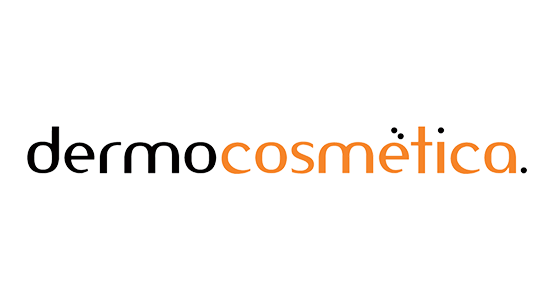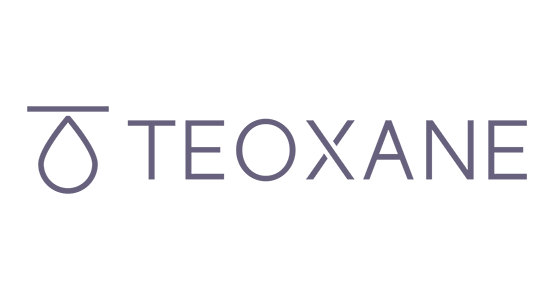Hamilton Skin Clinic Treatment stats
Injection Time
The procedure is comfortable and takes approximately 5 minutes to complete.
Pain Relief
Patients often experience immediate relief from jaw pain and tension headaches following treatment.
Longevity of Results
While the duration of pain relief may vary, many individuals achieve 3-6 months of relief from TMJ-related symptoms.
Safely Relieve Jaw Pain and Clenching
Jaw pain and temporomandibular joint (TMJ) disorder can significantly impact daily life, causing discomfort and affecting essential activities like eating and talking. Understanding the underlying causes and available treatment options is essential for managing these conditions effectively.
Understanding the Temporo-Mandibular Joint (TMJ)
The TMJ is a vital joint located on both sides of the head, where the jawbone meets the skull. It facilitates various functions, including talking, eating, and swallowing. However, excessive teeth grinding or clenching can overwork the TMJ, leading to pain and discomfort.
Causes of Jaw Pain and TMJ Disorder
Teeth Grinding and Clenching
One of the primary causes of TMJ disorder is bruxism, characterized by involuntary teeth grinding or clenching. This repetitive motion can strain the TMJ and surrounding muscles, resulting in tension headaches, jaw pain, and dental damage.
Muscle Tension
Muscle tension in the jaw area can also contribute to TMJ disorder. This tension may be exacerbated by stress, poor posture, or underlying medical conditions. Addressing muscle tension is crucial for alleviating TMJ-related symptoms.
What Our Clients Say
Symptoms of TMJ Disorder
TMJ disorder can manifest in various symptoms, including:
- Jaw Pain: Persistent or intermittent pain in the jaw joint.
- Tension Headaches: Headaches originating from muscle tension in the jaw and head.
- Dental Damage: Wear and tear on teeth due to grinding or clenching.
- Silent Symptoms: Nausea, tinnitus (ringing in the ears), and migraine, which may not be immediately associated with TMJ disorder.
Treatment Options for TMJ Disorder
Muscle Relaxants
Muscle relaxants, such as Wrinkle Relaxer injections, can help alleviate TMJ-related pain by reducing muscle tension in the jaw area. These injections relax the chewing muscles, providing temporary but significant relief from discomfort.
Wrinkle Relaxer Injections
Wrinkle Relaxer injections target specific muscles responsible for jaw clenching and grinding. By blocking nerve signals to these muscles, Wrinkle Relaxer can effectively reduce muscle activity, relieving TMJ-related symptoms.
Consultation & Dental Support
A comprehensive consultation with a healthcare professional is essential to determine the underlying cause of TMJ disorder. Some individuals may require additional dental support, such as orthodontic treatment or mouthguards, to address malocclusion and alleviate symptoms.
Jaw pain and TMJ disorder can have a significant impact on daily life, affecting essential functions like eating and talking. However, with the right treatment approach, including muscle relaxant injections and comprehensive dental support, individuals can safely relieve symptoms and improve their quality of life.










